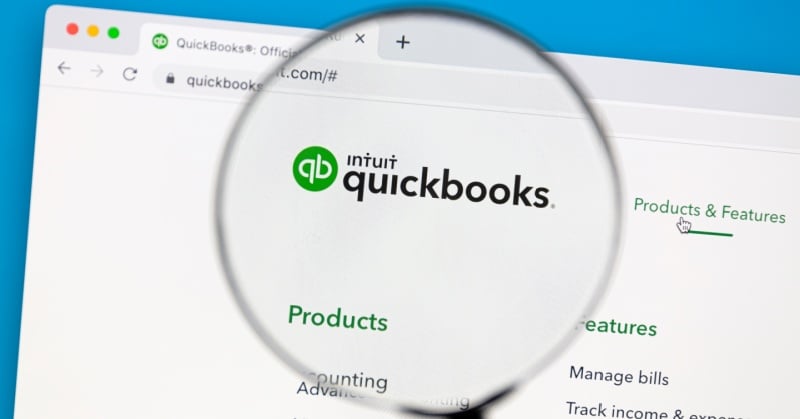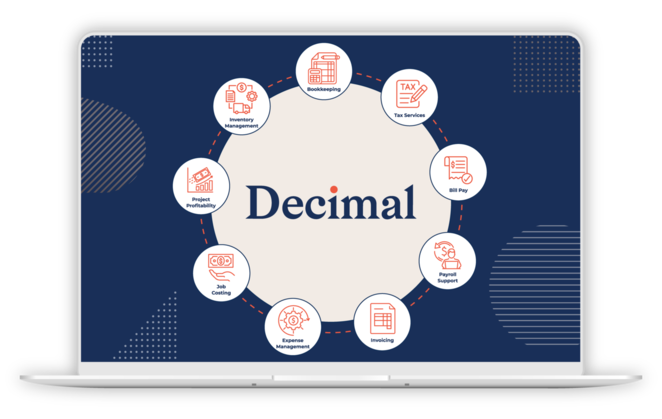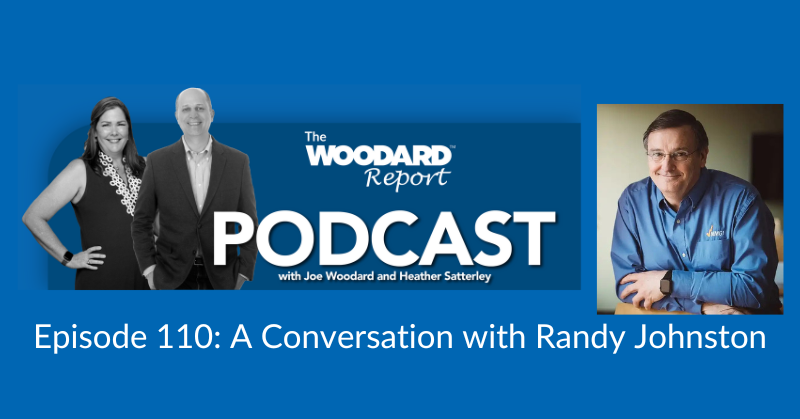Here’s a tricky situation I recently encountered which really made me stop and think in order to find a solution. The Tech Stack for this particular situation included Intuit QBO, and Intuit Payments.
The issue: A client accepted a payment by check from one of his customers. The check bounced. The customer offered to pay again, this time by credit card, for the amount of the bounced check plus a $15 fee, plus reimbursement for the merchant fee my client would now have to pay. How to record this in QuickBooks?
Let’s call the original invoice “Invoice A” (the one which was paid, but then the check bounced). I recommend leaving the original workflow intact, meaning: Create Invoice A | Receive Payment for Invoice A | Make Deposit for Invoice A. Don’t make any changes to those entries. Instead, follow these steps.
1. Record the bounced check
For the bounced check, which shows as a withdrawal from the business checking account, post the amount of Invoice A/the bounced check, let’s say $750, to a SUSPENSE account. Note: I usually make the SUSPENSE account a P&L account, Account Type: Other Expense.
2. Record the bank fee
If the bank charged a fee for the bounced check, post the fee to the Bank Charges expense account.
Next, the Customer now wants to pay by credit card. Normally, this requires creating an Invoice and sending it to the client with a payment link. But as noted above, Invoice A is already marked as paid. So, we need to create a new invoice, Invoice B.
3. Create invoice B for the same customer
Create a new Invoice. This will require using an Item that also points to the SUSPENSE account.
Sub-step:
Create an Item (Products and Services in QBO), with these parameters:
- Type: Service
- Name: Bounced Check
- Description: To record bounced check for Invoice xxx
- Income Account: SUSPENSE
Note: it is okay to use the SUSPENSE account here, even though we just said it’s an Other Expense account, not an Income account.
Add two rows to the Invoice B:
- Row 1: Bounced Check: To record Bounced Check for Invoice A; $750.00
- Row 2: Bounced Check: To record NSF fee for Invoice A; $15.00
- Row 3: Bounced Check: Credit card processing fee reimbursement at 3.5% for Invoice A; $26.25
Total Invoice B: $791.25
Send Invoice B to the Customer. They will pay using the Intuit Payments link, and the deposit will either come in on its own, or be lumped into a batch deposit with other invoice payments. This does not matter. The second invoice, Invoice B, will now also be marked as Paid.
You have now received the reimbursement for the bounced check, bounced check fee, and the 3.5% credit card processing fee.
The P&L will now show this:
- Income $750.00 (from Invoice A)
- Expenses: $ 15.00 (bank charges)
- SUSPENSE: $-41.25 (+750 from bounced check, – 750 from Invoice B, - 15.00 from Invoice B, and -26.25 from Invoice B)
4. Delete payment for invoice B
I know, this seems weird but do it anyway.
5. Void invoice B
QuickBooks will not like this, since it was paid by Intuit Payments. You may get some warnings but go ahead and do it. Now Invoice B has nothing posted to the P&L, and no payment. It’s like it never existed. But it served its purpose – it allowed the Customer to make amends for their bounced check and associated fees, via credit card payment.
The payment for Invoice B should still be in the bank feed, it just has no Invoice or Payment associated with it. So, we must still deal with it.
6. Re-deposit the funds received from invoice B
Go to a Deposit screen and in the “Add funds to this deposit” section, add 3 rows:
- Received From: [Customer Name]
- Line 1: SUSPENSE; Repayment of Returned payment $750.00
- Line 2: Bank Charge: Refund of NSF Fee $15.00
- Line 3: Intuit Payment Fees: Refund of merchant fees $26.25
For Line 3, use whatever account the Intuit Payment fees normally fall into, such as Merchant Fees, Credit Card Processing Fees, etc.
Match this entry to the bank deposit for the payment for Invoice B. The process is now complete.
The P&L will now show this:
- Income: $750.00 (from the original Invoice A)
- Bank Charges: $0.00 - the NSF fee and the refund of the fee have cancelled each other out
- SUSPENSE $0.00 - all entries all cancel each other out
This works best when the Invoice A and Invoice B fall within the same month. If entries cross over two months, it will not look as clean on the P&L but will achieve the same results.
Final thought
Confession: This series of transactions was hard to replicate in the Sample Company sandbox, because it does not have a live Intuit Payments account, and because I kept getting this annoying error message literally once a minute, requiring a screen refresh:

Hopefully Intuit will fix this bug with the Sample Company sometime soon!
Also, when this bounced check situation happened to my customer, the Intuit deposit was a single deposit, not part of a batch, also making it easier to deal with.
I hope this solution works for you!
.png?width=150&height=63&name=TWRlogo-regmark_blueblack%20(1).png)
.png)










Do you have questions about this article? Email us and let us know > info@woodard.com
Comments: